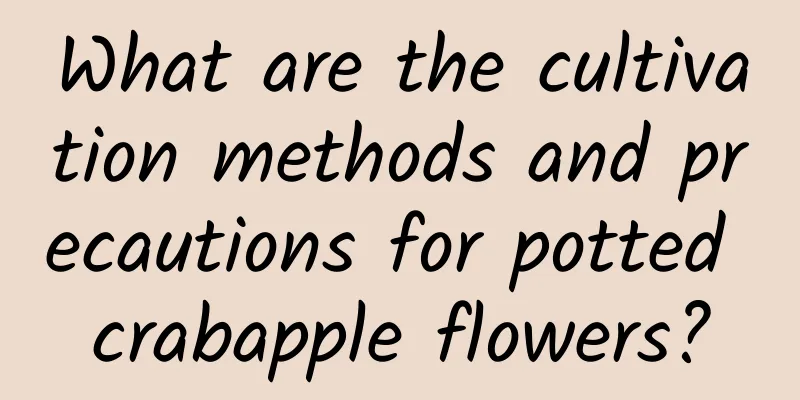Common diseases of kapok

Bombax ceiba AnthracnoseThe leaves of kapok trees infected with anthracnose often have spots on the tips and edges of the leaves. The spots are nearly circular, semicircular, or irregular in shape, dark brown to black, with a diameter of several millimeters to more than 1 centimeter. There are sometimes faintly visible ring patterns on the spots, on which scattered or whorled small black dots (spore discs of the pathogen) can be seen. They mainly harm the leaves, causing most of them to turn black, dry up, and fall off. Prevention and treatment methods:In winter and spring, remove diseased branches and fallen leaves and burn them in a concentrated area, then immediately spray the ground and plants with pesticides to reduce the incidence of the disease. During the leaf emergence stage and the early stage of disease, spray 800-1000 times of 75% thiophanate-methyl + 70% thiophanate-methyl wettable powder ( 1 :1 ) , or 600 times of 40% polysulfide suspension , or 1000 times of 50% Shibaogong wettable powder , or 500 times of 25% carbon terene wettable powder , or 600 times of 60% Duofu wettable powder . Depending on the weather and the condition of the disease, spray 3 to 4 times alternately , and spray once every 7 to 15 days. Kapok spotGenerally, seedlings aged 1 to 3 years are more seriously affected. In the early stage of the disease, small brown spots appear on the leaves, which gradually expand into round, nearly round or connected irregular spots, causing perforation of the leaves and premature fall. Prevention and treatment methodsPay attention to observation: choose the nursery site. Avoid growing seedlings in areas where the disease has occurred. Reasonable thinning of planting: Increase application of phosphorus fertilizer: Appropriate thinning of planting to facilitate ventilation and light transmission. During the disease period, applying more phosphorus fertilizer can improve the plant's disease resistance. Chemical control: Spray 1% Bordeaux mixture or 0.5% Mancozeb, or 0.01-0.05 % Benlate solution during the disease period, which is more effective . |
<<: Rhododendron diseases and prevention methods
Recommend
How to grow aloe vera quickly
1. Suitable soil If you want the plants to grow f...
How to grow crabapple in autumn and how to take cuttings
1. Autumn breeding methods 1. Watering: The clima...
How to grow lucky bamboo in winter hydroponics to make it more vigorous
Lucky bamboo is tall and elegant, and hydroponic ...
What soil is best for growing a fortune tree?
Many people like to grow money trees at home, but...
Does lettuce prefer shade or sun?
Does lettuce prefer shade or sun? Lettuce is rela...
Lemon's growing environment and local conditions
Lemon growing environment and conditions Lemons a...
What to do if pear trees drop leaves early
Measures to prevent and control early leaf drop i...
How to prune small-leaf boxwood
Pruning time of boxwood In the spring, the small-...
Preparation of nutrient solution for hydroponic flowers
General preparation Required Materials Liquid A: ...
How to propagate garlic and what kind of propagation method is it?
Garlic propagation method Garlic is generally pro...
Succulent plant pictures and names
Succulents - Crassulaceae The plants of Crassulac...
How to grow crape myrtle well
Crape Myrtle Growing Conditions Crape myrtle has ...
This kind of succulent is a treasure pot. Grow one and money will roll in and you will make a fortune in the new year!
Red money bunches, grow a pot and you will be pro...
How to grow Begonia sempervivum
temperature Begonia is not cold-resistant, so the...
How to quickly root hyacinth
1. Processing bulbs Its reproduction is usually c...









